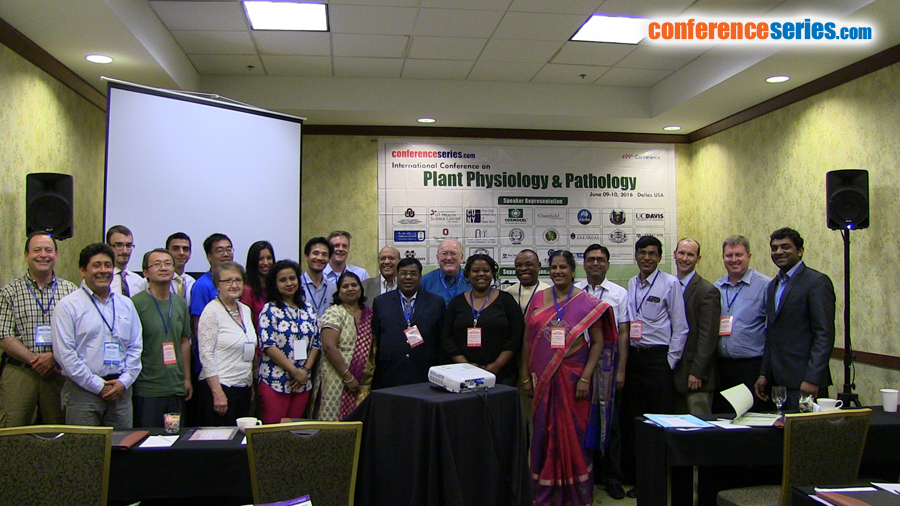S N Al-Nadhari
King Saud University, Saudi Arabia
Title: Comparative efficacy of different approaches to manage Meloidogyne incognita on green bean
Biography
Biography: S N Al-Nadhari
Abstract
A greenhouse study was conducted to compare the relative efficacy of different approaches to manage Meloidogyne incognita on green bean. These approaches include chemical (fumigant, non-fumigant, seed dressing, and seed dip), biological (the egg-parasitic fungus, Paecilomyces lilacinus and the mycorrhizal fungus Glomus sp.), physical (soil solarization), and cultural (chicken litter and urea) methods. Nine different control materials and application methods were compared. Two important parameters were considered: plant response (plant growth and root galling) and nematode reproduction (production of eggs and the reproduction factor Rf). The results showed that the use of chicken litter as an organic fertilizer severely affected the growth and survival of the seedlings. Therefore, this treatment was removed from the evaluation test. All of the other treatments were found to be effective against nematode reproduction, but with different levels of efficacy. The eight treatments decreased (38.9-99.8%) root galling, increased plant growth and suppressed nematode reproduction. Based on three important criteria, namely, the gall index (GI), egg mass index (EMI), and reproduction factor (RF), the tested materials and methods were categorized into three groups according to their relative control efficacy under the applied test conditions. The three groups were as follows: 1) the relatively high effective group (GI=1.0-1.4, Rf=0.07-0.01), which included the fumigant dazomet, the non-fumigant fenamiphos, soil solarization, and seed dip with 1 fenamiphos; 2) the relatively moderate effective group (GI=3.4-4.0, Rf=0.24-0.60), which included seed dressing with fenamiphos and urea; and 3) the relatively less effective group (GI=5.0, Rf=32.2-37.2), which included Paecilomyces lilacinus and Glomus sp.




